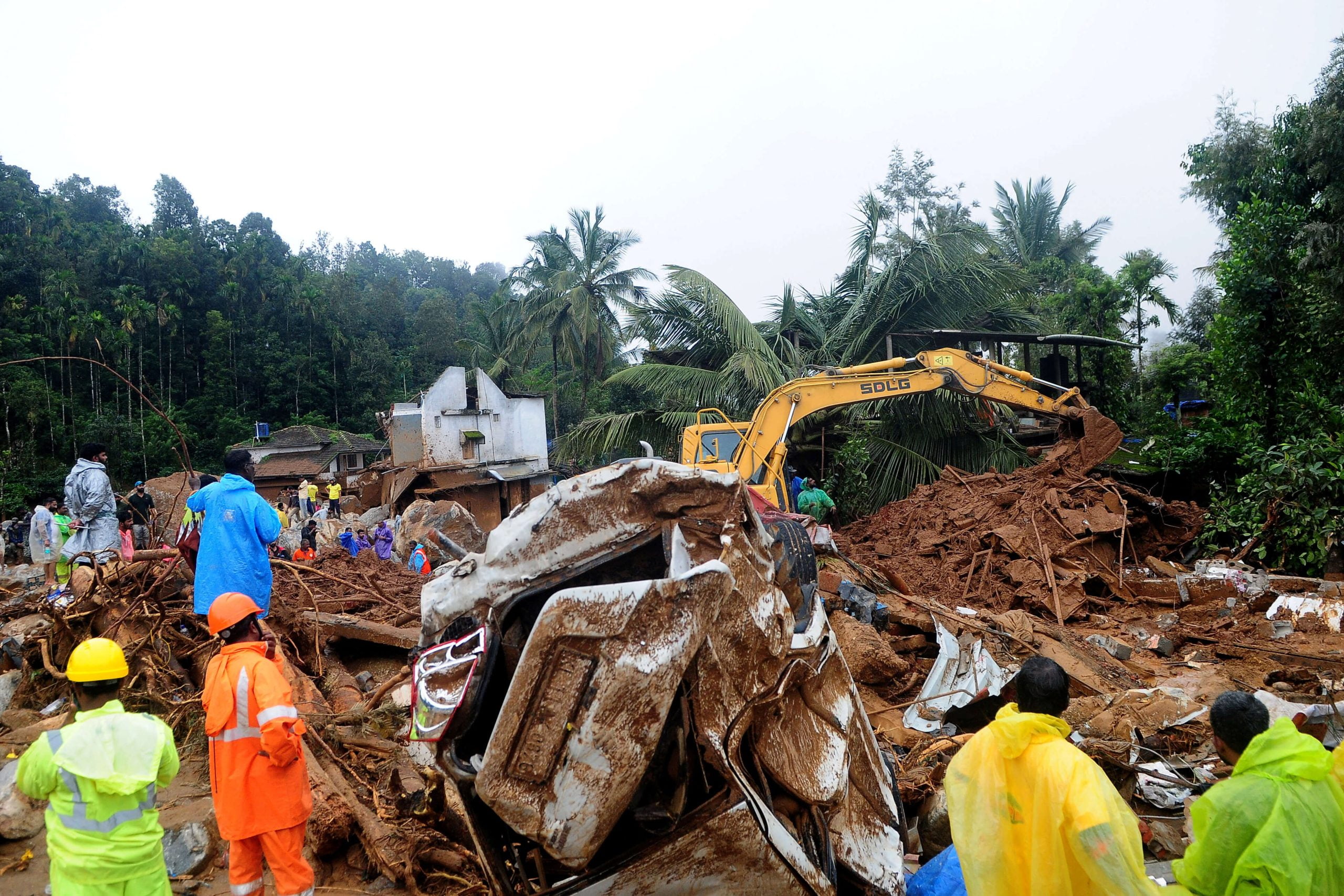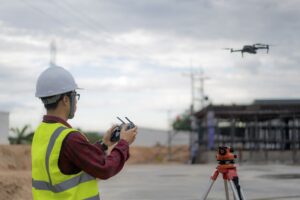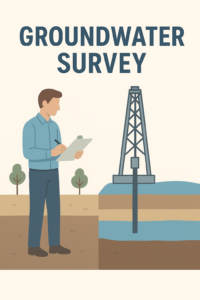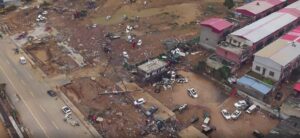Disaster management is a critical concern for India, a country that faces a diverse range of natural and man-made disasters. From floods and earthquakes to industrial accidents and forest fires, the need for efficient and effective disaster management strategies is more pressing than ever. In recent years, drone technology has emerged as a game-changer in disaster management, offering unprecedented capabilities for rapid response, real-time data collection, and enhanced coordination. In this article, we will explore how drone disaster management is transforming the landscape of emergency response in India.
The Growing Need for Advanced Disaster Management Solutions
India’s unique geographical and climatic conditions make it highly susceptible to various types of disasters. The Himalayan region is prone to earthquakes and landslides, while the coastal areas are frequently hit by cyclones and floods. Additionally, the growing urbanization and industrialization in the country have increased the risk of man-made disasters, such as chemical spills and industrial fires.
Traditional disaster management techniques often involve manual efforts that can be time-consuming, labor-intensive, and risky. These methods also suffer from limitations in data accuracy and real-time information sharing, which are crucial for effective decision-making during emergencies. This is where drone disaster management comes into play, offering a high-tech solution to these challenges.
How Drones are Revolutionizing Disaster Management in India
1. Rapid Assessment and Surveillance
Drones equipped with high-resolution cameras and sensors can quickly assess the extent of damage in disaster-affected areas. They can cover large areas in a short amount of time, providing real-time aerial footage and detailed maps. This information is invaluable for disaster management teams, enabling them to identify the most affected areas, assess the severity of damage, and prioritize rescue and relief operations.
For instance, during the Kerala floods in 2018, drones were used extensively to survey flood-hit areas, monitor water levels, and locate stranded individuals. The real-time data provided by drones helped in planning efficient rescue operations and delivering relief materials to the most affected areas.
2. Search and Rescue Operations
In the aftermath of a disaster, the primary focus is on locating and rescuing survivors. Drones can play a crucial role in search and rescue operations by accessing areas that are difficult to reach by ground teams. Equipped with thermal imaging cameras, drones can detect heat signatures of trapped individuals, even in low-visibility conditions such as smoke, fog, or darkness.
The use of drones in disaster management has been particularly effective in earthquake-prone regions like the Himalayas, where landslides and debris often block access routes. Drones can fly over these obstacles and provide critical information to rescue teams, helping them reach survivors more quickly and safely.
3. Real-time Communication and Coordination
Effective disaster management requires seamless communication and coordination among various agencies and teams involved in the response. Drones can act as communication relays, providing real-time video feeds and data to command centers, enabling better decision-making and coordination. This capability is especially important in remote or disaster-stricken areas where communication infrastructure may be damaged or non-existent.
For example, during the Uttarakhand floods in 2013, drones were used to establish communication links between isolated villages and the disaster management authorities. This allowed for the timely delivery of aid and the efficient evacuation of affected populations.
4. Risk Assessment and Disaster Preparedness
Beyond immediate response efforts, drones are also being used for risk assessment and disaster preparedness. By conducting aerial surveys and creating detailed topographical maps, drones can help identify areas that are at high risk of natural disasters. This information is crucial for planning mitigation measures, such as building flood defenses, reinforcing infrastructure, and developing early warning systems.
In urban areas, drones can be used to monitor the structural integrity of buildings, bridges, and other infrastructure, helping to prevent disasters before they occur. The data collected by drones can also be used to simulate disaster scenarios and train emergency response teams, enhancing overall preparedness.
Challenges and Future Prospects of Drone Disaster Management in India
While the potential of drone disaster management in India is immense, there are also several challenges that need to be addressed. These include regulatory hurdles, limited availability of skilled drone operators, and the high cost of advanced drone technology. Additionally, the use of drones in disaster management requires coordination between various government agencies, private sector entities, and local communities.
However, with the Indian government’s increasing focus on promoting drone technology, the future of drone disaster management looks promising. The Ministry of Civil Aviation has already introduced the Digital Sky platform, which aims to streamline the process of drone registration and operation in India. Moreover, various state governments are exploring the use of drones for disaster management, with pilot projects being conducted in several disaster-prone regions.
Conclusion
Drone disaster management is a powerful tool that has the potential to revolutionize the way India responds to emergencies. By providing real-time data, enhancing search and rescue operations, and improving communication and coordination, drones can significantly reduce the impact of disasters and save lives. As India continues to face the challenges of natural and man-made disasters, the integration of drone technology into disaster management strategies will be crucial in building a more resilient and prepared nation.
In conclusion, drone disaster management is not just a technological advancement but a vital component of India’s disaster management framework. With the right policies, training, and investment, drones can play a pivotal role in safeguarding the lives and livelihoods of millions of people across the country.




